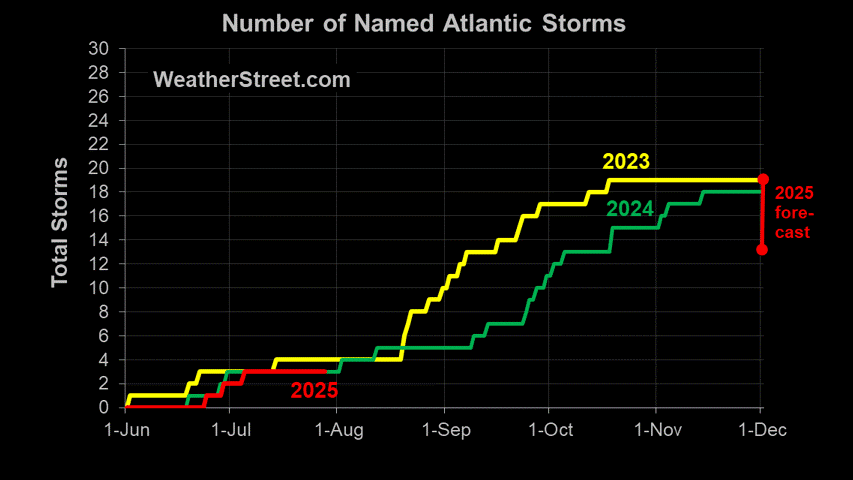Ike Dike is a good idea based on proven technology
KTRH Morning New interview with Bill King Former mayor of Kemah, TX (AM 740 KTRH )
Planning the 'Ike Dike' Defense
Houston-Area Leaders Envision a 60-Mile Barrier Against Hurricane Flooding (Wall Street Journal)
After the great storm of 1900 when the city of Galveston was practically wiped off the map, residents decided to protect their city by building a 15+ foot high wall along the eastern end of Galveston Island. This Seawall has been extended twice and has protected the city numerous times from severe storms including Ike.GALVESTON, Texas -- As the Gulf Coast braces for hurricane season, Houston-area leaders are pushing a plan to build a wall stretching some 60 miles along the coast, hoping to end the annual storm threat once and for all.
Dubbed the "Ike Dike" after the hurricane that ravaged the Houston area in September, the 17-foot-high wall would straddle the narrow entrance to Galveston Bay with 1,000-foot-long floodgates, allowing access to the city's port in good weather, but swinging shut when a storm approached to block floodwaters. Most damage from hurricanes is usually caused by floodwaters.
The total cost, according to project backers, would be $2 billion to $4 billion, although those numbers would almost certainly rise, experts say.
The idea is still in the conceptual stage and has plenty of detractors worried about cost, environmental impacts and whether it would really work. But the Ike Dike has gained significant traction in recent months.
A state commission set up by Texas Gov. Rick Perry to study disaster preparedness after Hurricane Ike supports moving ahead, and a coalition of elected officials is promoting it. The Houston business community, including powerful interests such as the chemical and shipping industries, has also signed on.
"This actually has more political legs than I ever dreamed it would have," said Bill King, a member of Gov. Perry's hurricane commission and the former mayor of the Galveston Bay city of Kemah.
Flood control gates in the Netherlands and in the UK
 have demonstrated their ability to control floods and protect the surrounding lands during storms and high water events.
have demonstrated their ability to control floods and protect the surrounding lands during storms and high water events.Maeslant Barrier, near Rotterdan, Netherlands (shown here, WSJ) is an example of the structures that could be used to protect Galveston Bay during a storm. A similar flood gate structure was installed on the Thames in London to prevent excessive flooding during storms.
Bill Merrell, the Texas A&M University at Galveston professor who first proposed the Ike Dike, said he based the structure on existing designs, including swinging floodgates built in Rotterdam, Netherlands, in the 1990s. London has had closeable floodgates on the Thames since 1982, and the Russian city of St. Petersburg is nearing completion of its own massive gates.Could Galveston's proposed Ike Dike work?(KHOU)
"All the technology's proven. We're not asking for a miracle,"
Mr. Merrell said. (WSJ)
Galveston Mayor Lyda Ann Thomas said the Ike Dike would not just be a wall. It would also have a series of swinging flood gates.
"They would be always open. But when there's a storm, they would close," said Thomas.The proposed gates would be at the end of the extended seawall and they would float. They would be 65 feet high. But during a storm, they would close, fill with water and then sink down to the sea floor providing protection.
This proposal is one that makes good sense and should be endorsed. Governor Perry's office is looking at these studies earnestly and Mayor Thomas says she is looking to use stimulus funds to start the project. With the largest concentration of energy refineries and chemical plants, such a wall could pay for itself with one storm both in the economic protection AND in the environmental protection by preventing spills caused by flooding inside chemical plant batteries.
This is a project that I would certainly like to see completed.









